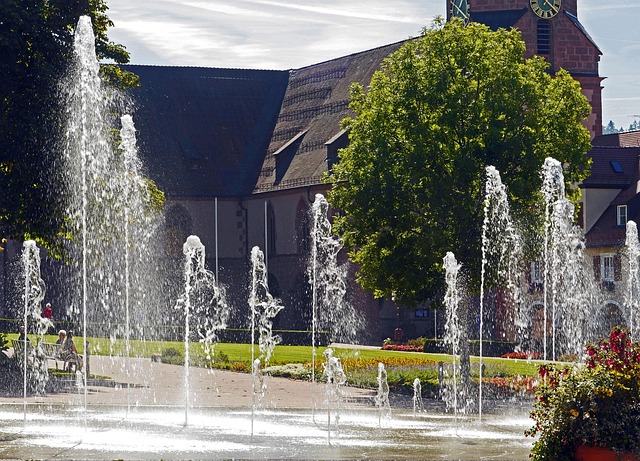Understanding Climate-Friendly Architecture
As the world grapples with climate change, the urgency for sustainable solutions has never been more pressing. One of the most impactful ways we can make a difference is through climate-friendly architecture. This approach not only enhances the quality of our built environment but also promotes a harmonious relationship between humans and nature.
The Importance of Sustainable Habitat
A sustainable habitat is one that supports life without compromising the ability of future generations to do the same. By integrating climate-friendly architecture into our communities, we create spaces that are not only aesthetically pleasing but also environmentally responsible. These designs prioritize energy efficiency, reduce waste, and utilize renewable resources, all of which contribute to conserving our planet’s precious ecosystems.
Embracing Eco-Friendly Design Principles
When we think of climate-friendly architecture, several key principles come to mind:
- Energy Efficiency: Incorporating technologies such as solar panels and high-quality insulation allows buildings to use significantly less energy, reducing their carbon footprint.
- Use of Sustainable Materials: Choosing materials that are locally sourced and have minimal environmental impact helps in conserving natural resources and supports local economies.
- Water Conservation: Design elements that promote water efficiency, like rainwater harvesting and greywater recycling, ensure that this vital resource is used judiciously.
- Biophilic Design: By connecting people with nature through green roofs, living walls, and ample natural light, we can enhance well-being and reduce stress.
The Role of Community in Climate-Friendly Architecture
Community involvement plays a crucial role in the success of climate-friendly architecture. Engaging local residents in the planning and design process ensures that their needs and desires are met, leading to spaces that foster community spirit. Public awareness campaigns can educate citizens about the benefits of sustainable habitats, inspiring them to advocate for eco-friendly practices in their own neighborhoods.
Innovative Examples of Climate-Friendly Architecture
Around the globe, numerous projects exemplify the essence of climate-friendly architecture. For instance, the Bosco Verticale in Milan, Italy, showcases vertical forests that promote biodiversity while providing residents with stunning views and improved air quality. Similarly, the Edge in Amsterdam utilizes cutting-edge technology to create an energy-neutral office building that prioritizes employee well-being.
Taking Action Today
The transition towards a sustainable habitat requires collective action. Whether you’re an architect, a builder, or simply a concerned citizen, there are steps you can take to advocate for climate-friendly architecture in your community. Supporting local policies that promote sustainability, investing in energy-efficient upgrades for your home, or simply spreading awareness about the importance of these practices can all contribute to a healthier planet.
As we move forward, it’s essential to recognize that climate-friendly architecture is not just a trend but a necessary shift in our approach to living and building. Together, we can embrace these innovative designs to create sustainable habitats that reflect our commitment to a resilient future.




